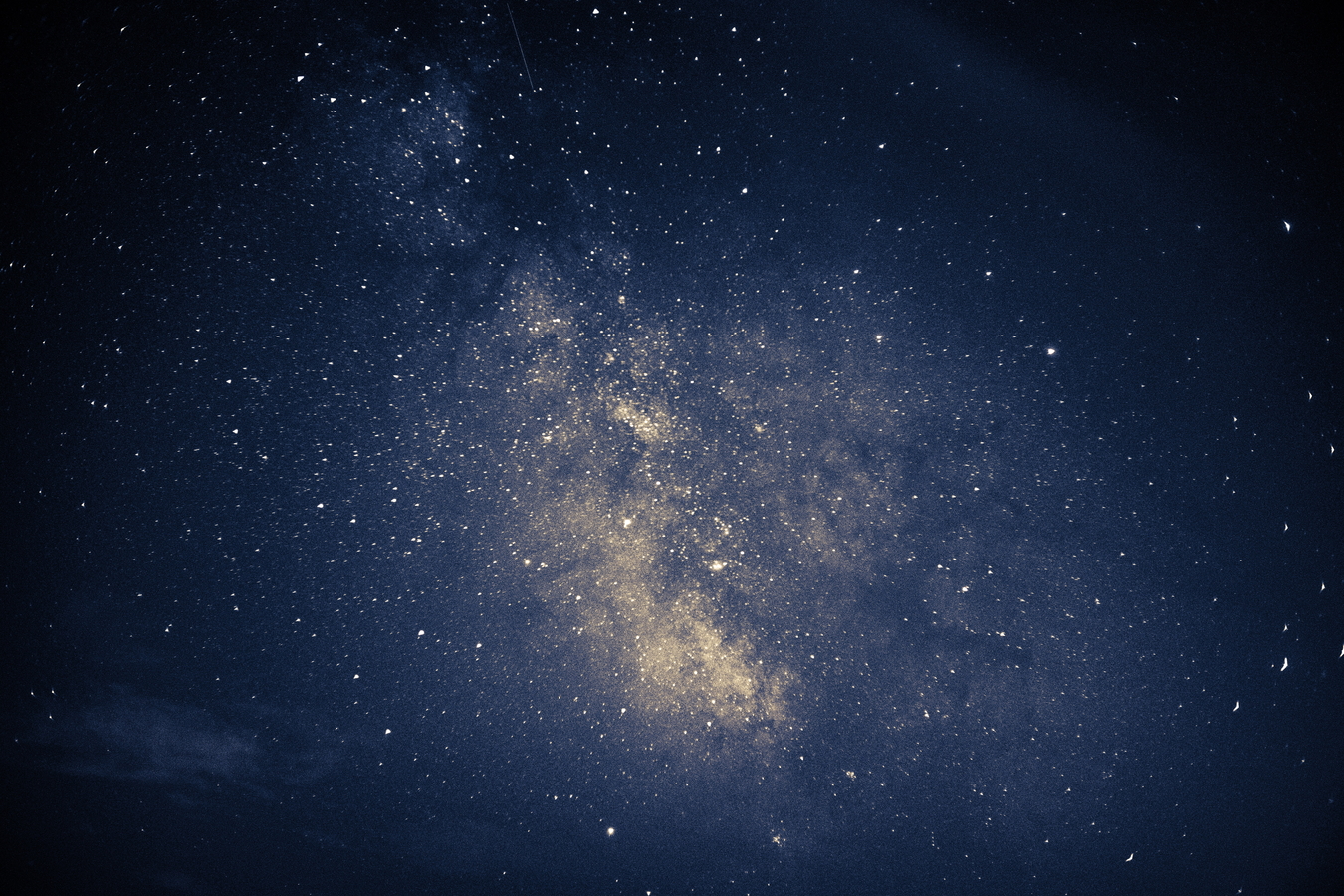Overview
Gamma-ray bursts (GRBs) are amongst the most energetic explosions in space, and are typically divided into two categories based on their duration. Short GRBs (< 2 s) originate from neutron star (NS) mergers, whereas long GRBs (> 2 s) are coincident with the collapse of massive stars. Following the gamma-rays, emission is expected across the electromagnetic spectrum ("afterglow"). The radio band is particularly important, as predicted emission can be detected for ~weeks to ~years, giving insight into explosion properties and the environments in which these GRBs occur. In this talk, I will focus on the radio detected population of short GRBs, with an emphasis on GRBs with non-standard radio afterglows. I will additionally take a holistic look at the properties of the radio detected population to determine how their afterglows, environments, and jets differ from the overall short GRB population. I will conclude with how we can utilize these population properties to inform our radio observations in order to increase the chance of detection in the future.
